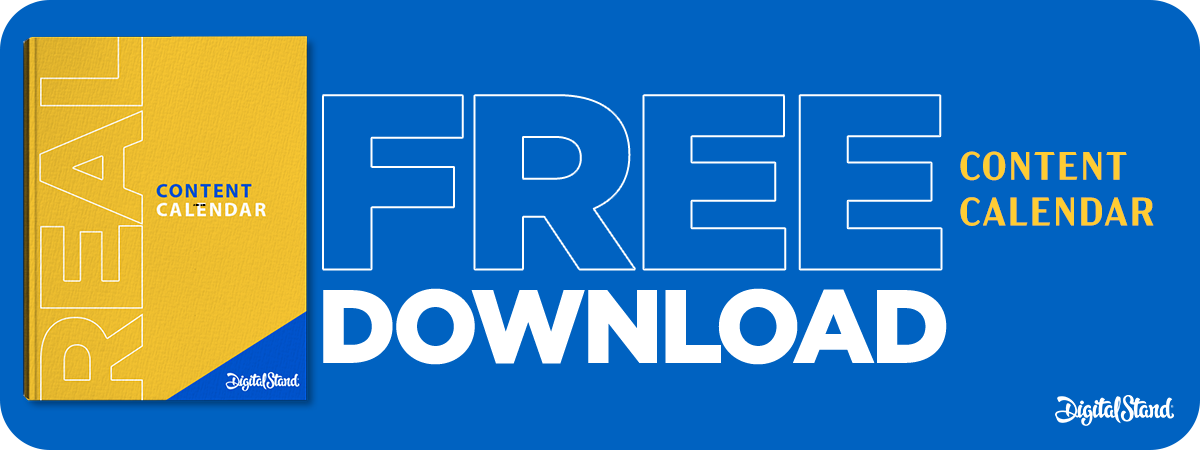Social media advertising is changing the landscape of advertising and performance metrics for brands. Reducing a brand's costs of acquisition, and increasing their performance capabilities, and audience knowledge.
Whether Business to Consumer or Business to Business. The differential between traditional advertising and social media advertising could not greater.
By understanding the difference between traditional and social advertising in the pursuit of consumer or business acquisition, and brand awareness. You are better placed to achieve your objectives.
Today I am going to highlight what is possible with social media advertising. So you can make a more informed decision in terms of budget allocation, resources, and the medium you use for advertising. Every media platform has its capabilities, but all platforms are not created equal.
- You can measure the performance of social media advertising, and the capabilities are continuously getting better.
- All of the social media platforms have analytics to measure the success and engagement of your content.
- The platform with the greatest capability when it comes to the measurement is Facebook. Although Twitter and LinkedIn are following close behind.
- The performance indicators of measuring your content effectiveness are extensive and immediate.
As an example, one of the newest features for measurement on Facebook platform is relevance score. A relevance score is given to your content between 1 and 10. Or rather how relevant is the content you are promoting to your audience.
The higher the number the more likely Facebook will amplify your advertising. In addition to this, your costs will go down.
Another way to think about this. Imagine running a television ad, and within an hour of your broadcast, your target audience told you they loved your ad?
The network then showed the ad more frequently and your cost of adverting went down. Not to mention you could choose to allocate more funds in real time and amplify what you know is already being well received.
Not very likely with traditional adverting, is it? If you create engaging content, whether paid or organic, Facebook rewards you. Because quality content drives user engagement, and engagement drives active users for Facebook.
Conversely, if the ad is not performing you can cancel the ad and not waste another cent. Because the metrics closely follow the real-time performance, your ability to act is fairly immediate. This mitigates losses and reduces risk.
Well with social media advertising this is how it works today.
The ability to target your specific audience is industry-leading. This is across all forms of advertising, print, radio, and television.
- Your competitor's Facebook audience, username targeting on Twitter or company pages on LinkedIn.
- Your own website traffic (Facebook).
- Interests such as home loans, holidays, or parenting. (Facebook, Twitter). Or specific Groups on LinkedIn
- You can upload your email list and create a tailored audience. (Both on Facebook and Twitter).
* Lookalike audience - You can also take these lists and create a lookalike or lifetime value audience. Meaning you can build an audience that mirrors your existing client base for targeting.
Social media advertising is scalable and extremely flexible.
You can create many variants of your content for testing. As an example, you could create six different ads, and target the exact same audience. You could then watch the metrics over a couple of days, and remove non-performing content. Think about how that might compare with traditional advertising.
In addition to this, you would then amplify content that is performing well. This reduces your risk and allows you to allocate funds to the right campaigns and right ads.
- As you continue to build your brand, and audience with social media advertising, the benefits accumulate.
- Your company pages increase in followers and reduces your cost of content distribution.
- Your ideal target market is always connected to you. You do not need to keep searching for them.
- You can target your exact audience
When advertising through traditional media, a lot of money is allocated to reaching a consumer that has no interest in your product.
For example, an ad on the Radio is going to reach a wide audience of many different interests. Social media, on the other hand, is about precise targetting and measurement.
- With social media advertising, you choose your audience and define those interests precisely.
- You can measure your performance through conversion tracking, and understanding the metrics
- You can see how many people bought your product, clicked through, and build a deeper profile of your ideal audience.
- You can see how much traffic, and click-throughs the media generated, and how much of that resulted in the conversion.
- Did your audience build on your brand page? And if so by how much.
- You can advertise where your audience actually is
The First Screen.
For a long time, Television was the 1st screen. However, with nearly 2.5 billion smartphones worldwide I would contest that mobile is the new 1st screen.
Out of Mary Meekers 2018 State of the Internet Report comes this insightful comment.
"Mobile ads: People are shifting their time to mobile faster than ad dollars are following"
And all social media advertising is mobile friendly. A user can download your app in the stream, click through to your landing page, or offer, enter your competition, and even call your number. They are already using the medium that allows them to take action, and this reduces friction to conversion.
In conclusion when assessing; Targeting, Audience building, Reach, Cost, Creative, Amplification, Risk Mitigation, Cost Management, & the ability to access your exact audience.
Social media advertising is in a league of its own.

.jpeg?width=200&height=200&name=pexels-mikhail-nilov-6893349%20(1).jpeg)


.jpeg?width=318&height=135&name=pexels-cottonbro-studio-4065876%20(1).jpeg)






